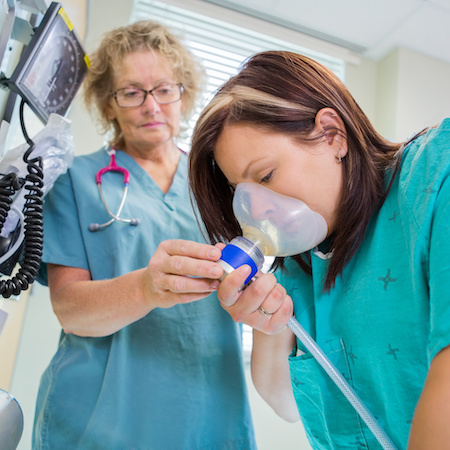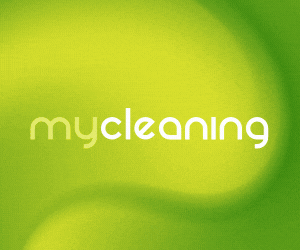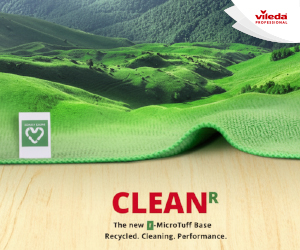The Health and Safety Executive (HSE) has published new guidance to protect midwives and patients from excessive exposure to nitrous oxide. The guidance is aimed at those responsible for ensuring the safety of workers and new mothers on maternity wards but is also relevant for professionals working in other areas of the hospital.
Depending on how well exhaled gas from women in labour is controlled, midwives are at greater risk of exposure to higher levels of nitrous oxide due to the extensive time they spend working in labour rooms. Over time, high levels of exposure can cause serious health effects including neurological problems and anaemia, so it is important that levels are properly controlled.
Nitrous oxide is subject to the Control of Substances Hazardous to Health Regulations (COSHH). It has a long-term workplace exposure limit of 100 ppm or 183 mg.m3 8-hour time weighted average. HSE advises that all hospitals using gas and air should carry out a COSHH risk assessment of each space in which it is used.
Helen Jones, head of HSE’s health and public services sector describes the new piece of guidance as “essential,” and recommends it should be followed by anyone responsible for managing health and safety in maternity units and for controlling the risks faced by staff who work with nitrous oxide.
She adds: “Workers must also be fully consulted when it comes to monitoring how effective the control measures are, including how results are to be used.”
Control systems
Of the three main types of control systems in use – demand valve and mouthpiece or facemask, extraction or scavenging system and general ventilation – the first is the most effective method of control. It prevents the exhaled air from being released back into the room, as long as the mouthpiece or facemask is not removed before the patient exhales. General ventilation is the least effective, because it is located at a distance from the source (ie, the exhaled air) and relies on the effectiveness of the room’s ventilation.
The HSE adds that it is important that exposure monitoring for any airborne contaminant includes the relevant contextual information for each sample taken. For nitrous oxide in a maternity department, this would include:
• The time midwives and student midwives, doctors and/or support staff attend to the delivery of a child or children (the actual exposure time, assessed over a representative number of days)
• An estimate of the level of demand by the expectant mother
• Any controls present, such as scavenging equipment
• Any other information that is likely to affect the exposure levels, such as movement of people or other activities in the room.
The recently published guidance on how gas and air should be used safely has been developed by HSE together with maternity specialists in the NHS.










